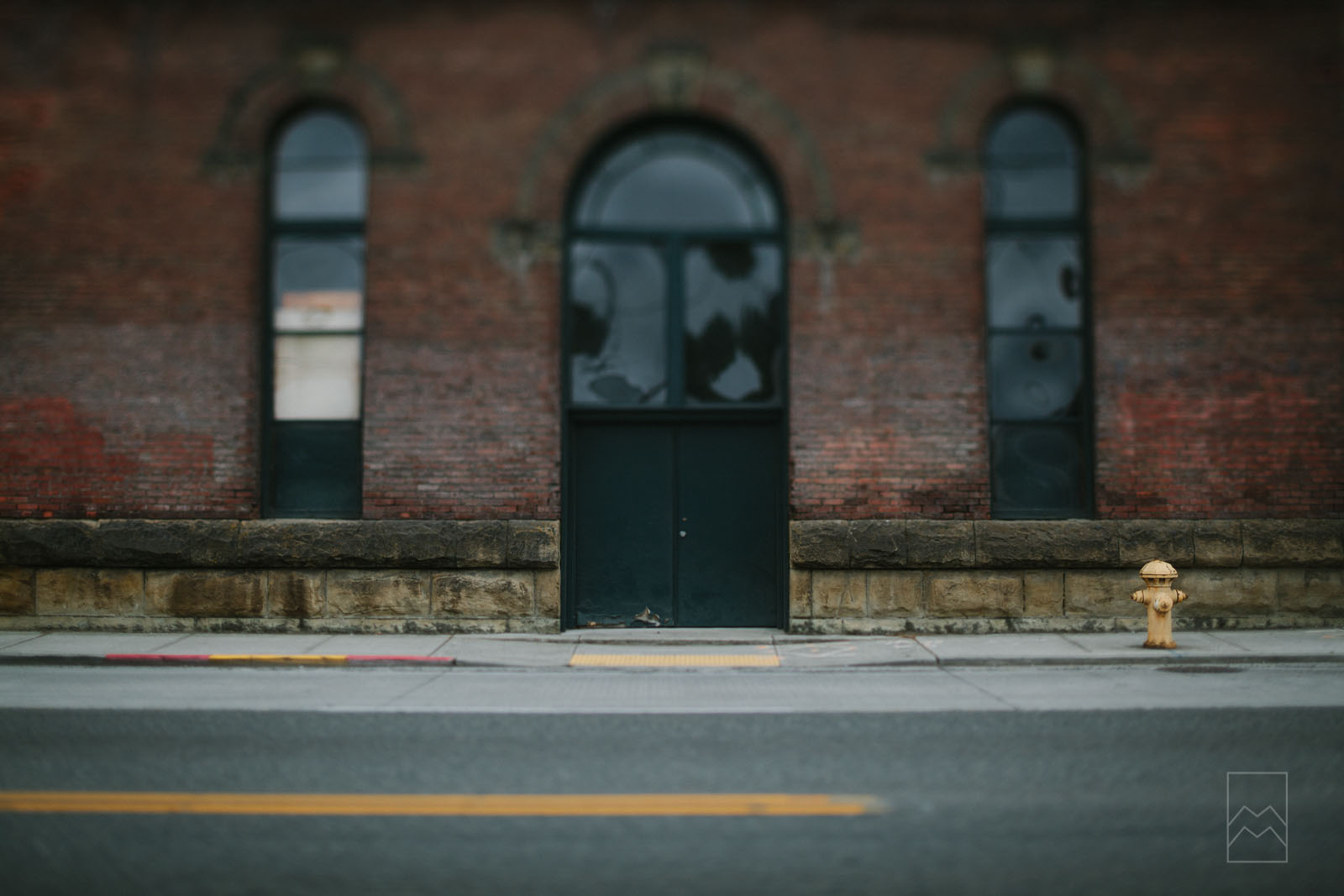A tilt-shift is a specialty lens that allows you to manipulate perspective in-camera by moving the lens perpendicularly, as well as tilting the lens at an angle in relation to the camera body and sensor.
These movements of the lens can help correct distortion (straighten lines) and move the plane of focus around for various fun and beautiful effects. Let’s discuss all the ways a tilt-shift lens can be beneficial for your photography.
1. Correct distortion in architectural photography
This is one of the more traditional uses of a tilt-shift lens. Using the shift function allows you to keep the camera perpendicular to the building you’re photographing and move the lens itself up, getting the whole building in the frame while keeping the lines straight.


2. The “miniature effect”
Find a raised vantage point, and use the tilt function of the lens to narrow the plane of focus on the subject below. This creates a dramatically blurred background and foreground, and has the charming effect of making the subject (buildings, cars, trees, people) look like they are part of an intricate, miniature diorama rather than a real-life landscape or city scene.

3. Selective focus in portraiture and street photography
This happens to be my favorite use of the tilt-shift. It’s creatively freeing. It makes me literally look at, and therefore think about, the scene and my subject differently. And it lends a dreamy, romantic, or even mysterious quality to the resulting images.

You can use it to really emphasize your subject’s eyes.


Or enhance the playfulness of a dreamlike childhood moment.

Add a little whimsy to a street scene, and lead the viewer’s eye right where you want it.

Give a vintage subject an extra air of nostalgia.

Stretch yourself creatively by experimenting with the possibilities.

Hot Tip
Tilt-Shift lenses are all manual focus, and it can be difficult to see just exactly where the plane of focus starts and ends when looking through the view finder. One way to help this issue is to use the “live view” mode if your DSLR has this function, and zoom in to check focus before clicking the shutter.
Most of the time, I’m working too quickly to check focus this way, so I always take a few extra frames and cross my fingers. Practice does help me nail focus where I want it more often, but embracing the slight unpredictability of the lens is also part of the charm for me.

*All of the images in this article were shot with the Canon TS-E 45mm f/2.8. Canon also makes 17mm, 24mm, and 90mm tilt-shift lenses. Nikon has 24mm, 45mm, and 85mm options.
The post 3 reasons you need to try a tilt-shift lens and how to use one appeared first on Clickin Moms.







